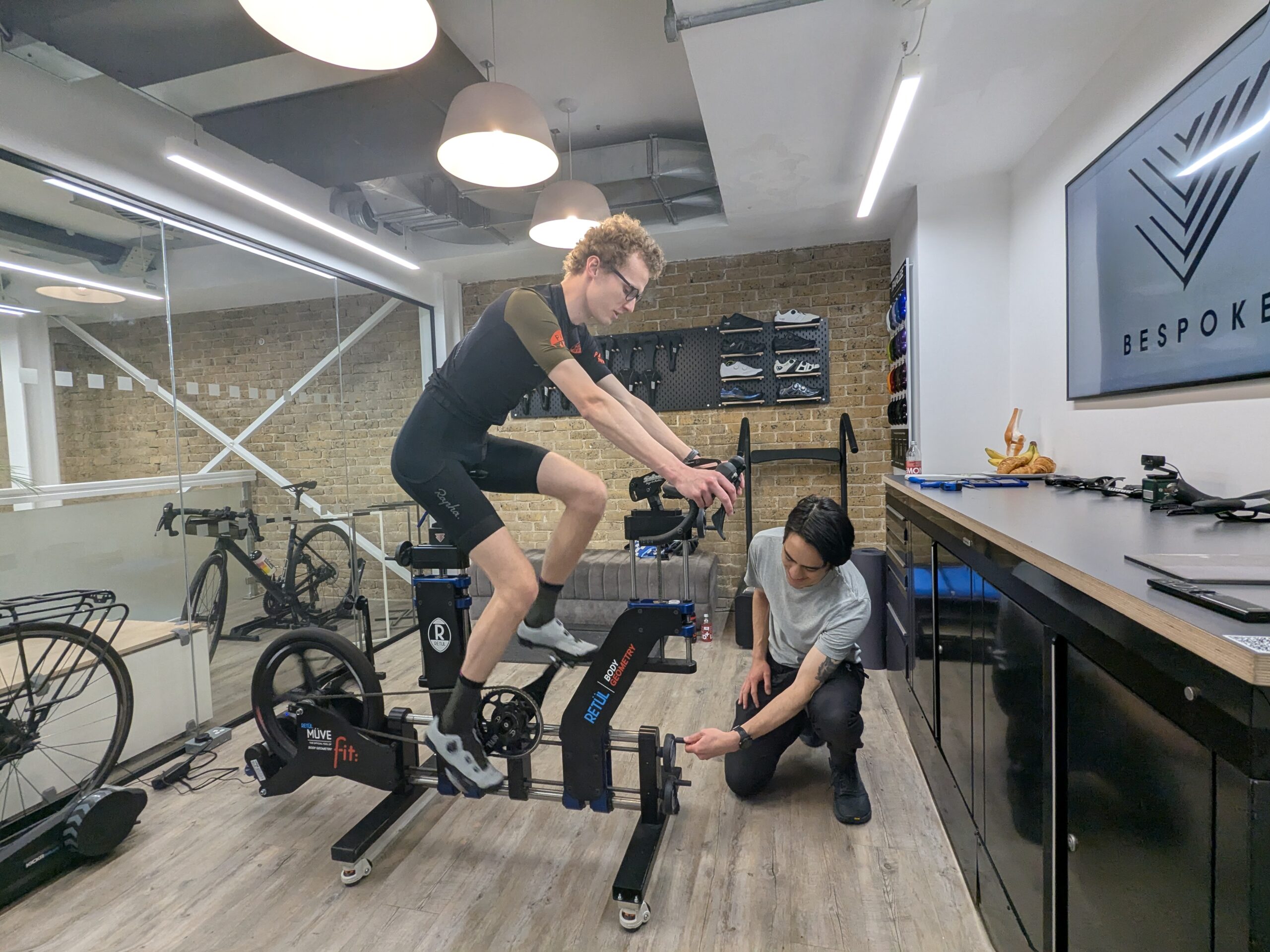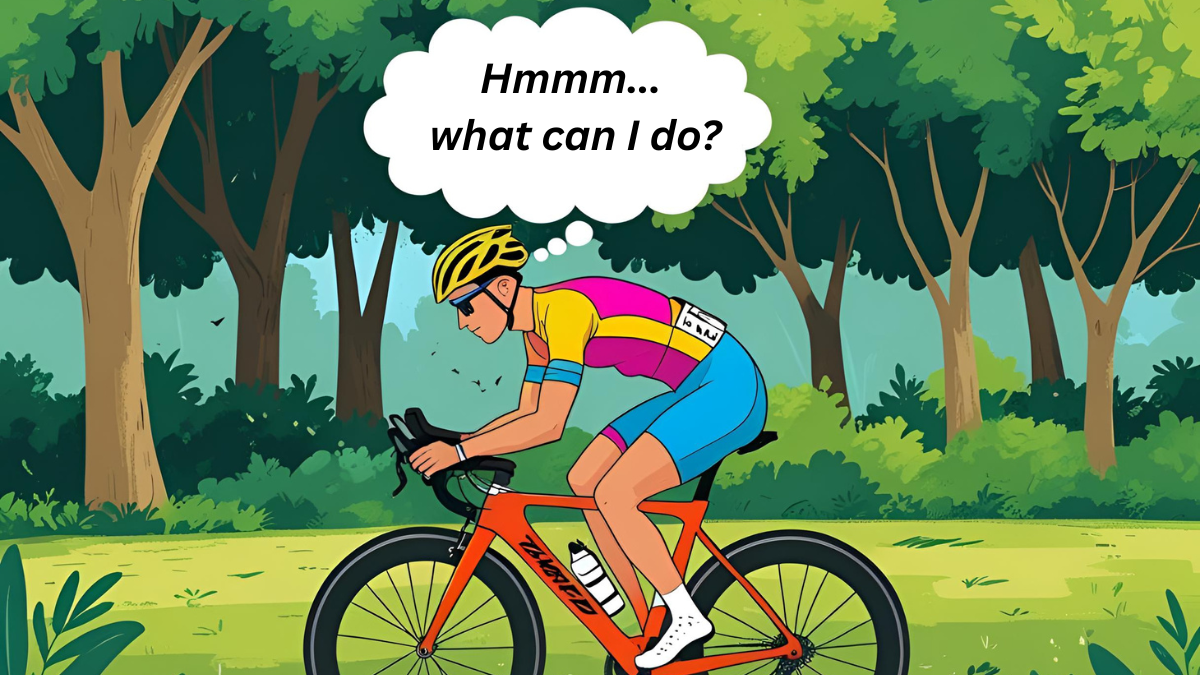How To Get the Most Out of Your Bike Fitting
Are you ready for a bike fit? Committing to a bike fit is not something that should be taken lightly. After all, it’s a significant investment of time, financial resources and learning, to embark on a process that is ultimately aimed to help you to improve your wellbeing (both physical and mental) on the bike.
If approached in the right way, a good bike fit can not only help create an environment in which the rider can produce better movement, but often, it can also offer insights into the relationship between rider and bicycle that may not have been previously considered, both physically and psychologically.
Below, I’d like to offer some thoughts for your consideration that will hopefully better prepare you prior to coming to see us for a bike fit and allow you to get the most out of your session.
The aim is to not only provide some practical insight into how we approach bike fitting, but also to offer a suggestion of a framework within which you as a rider can start to think critically about the relationship you have with cycling and your bicycle as you continue on your cycling journey.

Bike fitting can be and is many things…
However, one thing it is not – is a silver bullet that is going to magically make all of your “problems” melt away.
The Process
Our approach to bike fit is very much of the view that this is a process of exploration, and one which has to be constantly evolving in order to best serve the body and allow a rider to create the best possible movement that they can at that particular point in time.
The overarching aim is to educate the rider in how they are currently interacting with the bike, and offer suggestions as to what we might look to change in order to improve that interaction with the bike for that rider.
We effectively act as guides, and our job is not to prescribe, but to engage in discussion and offer choices, by giving a rider a frame of reference from what feels bad, in order to appreciate what feels good. By engaging in an open discussion and offering choices, a rider is then more in control over their bike position, and is better placed to make informed decisions for themselves about their bike position / riding as time goes on.
Once a position has been agreed upon by the end of a session, the next stage is to then test the position out in the real world. Effectively, we have arrived upon a hypothesis and are now seeing if the hypothesis holds up under scrutiny from a period of systematic testing, allowing for a period of adaptation for the body to adjust to the new movement patterns it is being asked to create.
This might involve making some changes to the componentry / contact points of the bike (changing things like; handlebars, a stem, crank length, a saddle, shoes or even the frame itself), but more often that not, it will also involve some off-bike work to improve the overall functionality of the rider and thus, the quality of movement that can be created.
The aim is to create a good environment for good movement to take place – bike position – but then also, to encourage the rider to improve their functionality in order to create better movement within the bike environment.
Bike (50% of the system) + rider (the other 50% of the system) = 100% of the overall bike/rider system.
This brings me onto my second point…

Setting Realistic Expectations
As I stated above, committing to a bike fit is a considerable investment. I’d encourage you however to look beyond the work investment as purely the financial outlay.
A bike fit is also a commitment to yourself and an investment in your wellbeing.
What I’m getting at here is that it is an ongoing commitment that only really starts once you leave the studio.
You get out of the process what you invest into it, and that is in doing all of the little things that we know help create good movement on the bike; from investing in suggested component changes, committing to improving your strength, conditioning and mobility, and getting the basics of sleep, nutrition and training load in balance – it all plays a part in joining the dots and improving the overall experience of riding the bike.
Once the bike environment (ie. position) is in a good place, it’s then down to the rider to create good movement within that environment.

Rome wasn’t built in a day, and the body often needs time to adapt to the new environment it’s being asked to work in, as well as time to make muscular adaptations to new or different stimuli through any strength and conditioning / mobility work, or rehabilitation of an injury / overloaded tissue.
This may mean dialing back the volume and intensity of the training to allow space for the adaptations to take place, as well as, in some instances, things actually feeling worse before they get better.
Everyone responds differently and what we’re interested in is looking for consistent trends over time, rather than one off or inconsistent sensations. Keeping a diary of what you notice after a ride can be helpful in establishing what trends become visible over time, rather than relying on the less than reliable human memory! Then, these observations can be addressed / acted upon if need be.
In summary, I’d encourage anyone considering coming to see us for a bike fit to approach it with a long term, process oriented mindset, as well as being open and inquisitive to different things. We don’t know what we don’t know, but ultimately, we’re here to try and gain a better understanding of what’s going on and how to improve it.

There is an Old Chinese Proverb…
About a wise Zen master...
People would travel from far and wide to seek the help of the master and, in return, he would teach them and show them the way to enlightenment. One day, a scholar visited the master seeking advice; “I have come to ask you to teach me about Zen” said the scholar.
It soon became obvious to the master that the scholar was full of his own opinions and knowledge, frequently interrupting the master with his own stories, failing to listen to what the master had to say. The master calmly suggested that they have some tea.
The master poured the scholar some tea. Once the cup was full however, the master kept pouring until the tea was overflowing onto the table, the floor and the scholar’s robes; “Stop, master! The cup is already full! Can’t you see?”
“Exactly”, replied the Zen master, smiling at the scholar. “You are like this cup – so full of ideas that nothing more will fit in. Come back to me with an empty cup.”
The moral of the story is, that if we as rider and bike fitter are not open to active discussion and the exchanging ideas that may differ from our own…
We may be missing out on something that could help lead us closer to “enlightenment”, or at least, something that might allow us to enjoy our cycling a little bit more!
If you are… then you are ready for a bike fit!

Words by Mat (one ‘t’)
If you’ve made it to the end of this article, thank you and we hope it’s been useful for you!
Have questions on your bike fit journey? Get in touch, we’re always an open door and there’s no such thing as a silly question: info@foundation.fit
If you’re looking for the foolproof method to buy exactly the right size new bike for you, sign up for a: Fit Before You Buy session
How to Avoid The 5 Most Costly Mistakes Cyclists Make When Choosing A New High-End Bike
In this FREE guide, you’ll learn how to cut through all the conflicting information and marketing hype to discover the most accurate and reliable method for choosing the right size new bike for you. Download your free resource to avoid the modern bike buying traps.




